This interview was published in the Winter 2012 edition of B Beyond magazine.
BBM: Your CV mentions the 1985 Tuhua exhibition (‘it was forbidden’).
Please elaborate on what was forbidden and why?
Zhu Jinshi: This was an exhibition without artwork. Only one other artist’s works and mine had
been brought to the exhibition site. Then the authorities came and we were told that
the exhibition had been sanctioned. We had already announced the show and invited
a lot of people. The works couldn’t be sent to the exhibition site yet we could not let
the guests know not to turn up. So the opening was still full of crowds. This exhibition
was considered avant-garde at that time and “outside of the government system”
art. Abstract art was considered “political” art at the time.
BBM: Looking at your artistic biography, you started exhibiting outside of China in 1986.
How did the transition from China to the international art scene happen?
Zhu Jinshi: During the mid 80’s, while I was still in Beijing, I had many foreign friends. They
suggested that I visit the West. Among these friends was the director of the
German National Gallery who came to China in 1985. It was he and his friends who
introduced me to Berlin.
BBM: Tell us more about the ‘Stars Group’ and about any other members of it that you are
still in contact with.
Zhu Jinshi: The ‘Stars Group’ was not an organised group. There were 26 of us altogether, with
26 different personalities. There was no organisation or discipline – it was a very
anti-establishment group. We were not only interested in politics, however, which is
what people believe today. ‘The Stars’ was representative of the people from that
generation – a group of prominent artists in the 1970s. I kept in touch with some of
them till the mid 1990’s, mostly with my teacher, Mr. Zhou Maiyou. He is 74 years old
now, but continues to paint.
BBM: Tell us about your installation works.
Zhu Jinshi: I went to Berlin in 1986 and two years later, I had my first installation work. It
consisted of one cubic meter of linen in Berlin and one cubic meter of Xuan paper
in Beijing. During the following 10 years I was focused on Xuan paper. During the
1990s, I was looking for an atmosphere – a feeling through the placement of material
in space. After the year 2000, my focus shifted entirely to China. Works such as”
Power and the country”, “Existence and water,” “From limited to unlimited” represent
an interaction between art and society.

BBM: Describe your method of painting the 3D type works we saw in London.
Zhu Jinshi: I call this work “thick painting”. In front of the canvas, first there is the material,
then the paint. Two parallels are the 18th Century artists being concerned with the
figure while the impressionists were focused on colour. What I pay attention to is the
material. Painting is first an object, then a canvas. But the “thickness” is not absolute
– “emptiness” in the painting is also a “thickness”.
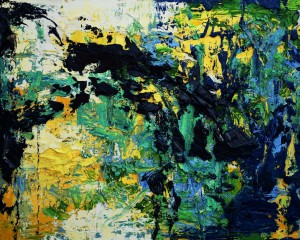
BBM:To what extent are the cultural influences of your personal background present in
your works?
Zhu Jinshi: My work reflects a mixture of two cultures. This mixture is a dilemma but also a
connection; it is a confrontation but at the same time a harmony. In fact, we can’t
escape from this mixed feeling – it is like this shore and the other shore, but it is not
just a definition of East and West geographically speaking. There is no direction
between the shores.
Zhu Jinshi is represented by Pearl Lam Galleries
www.pearllamgalleries.com
Shanghai, China
200002

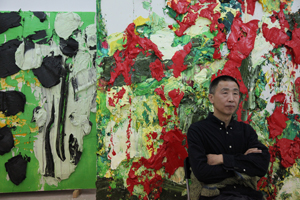
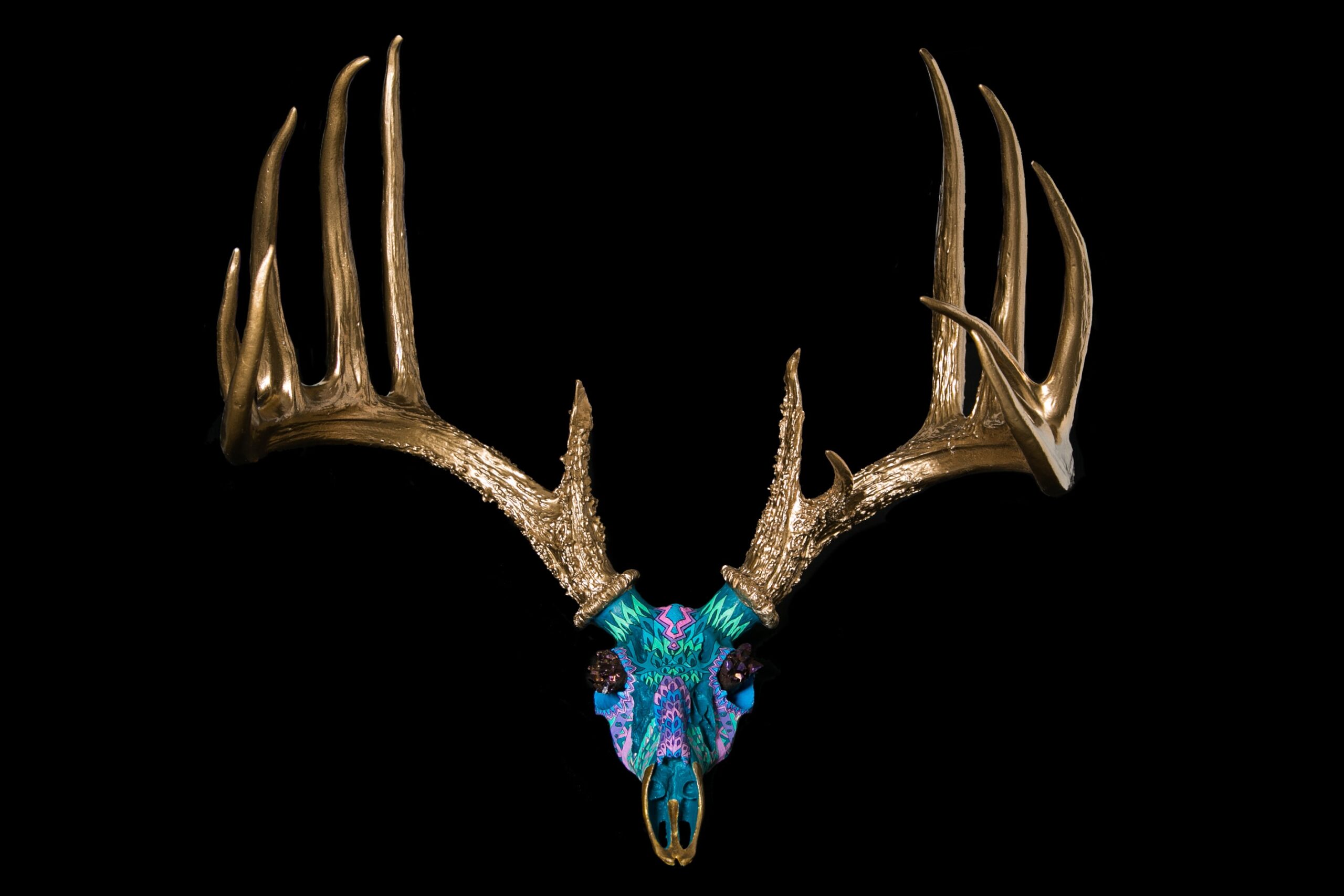
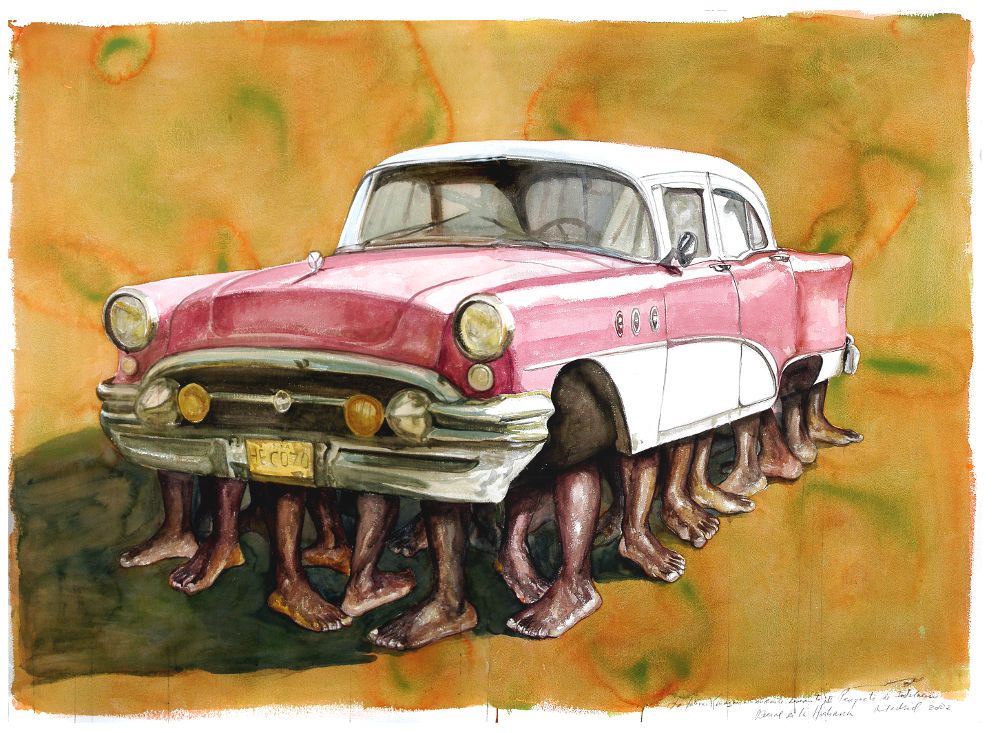

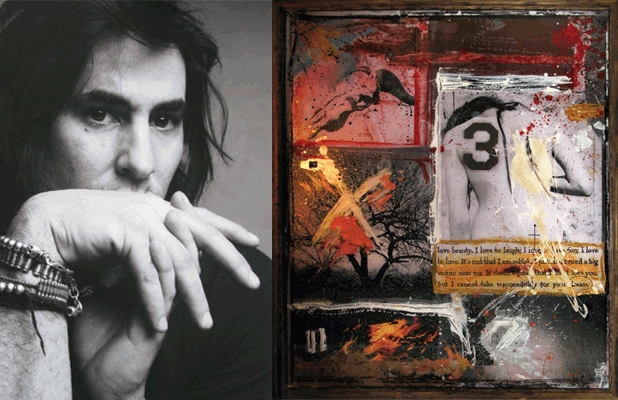
 Saving...
Saving...